The Furniture: Demolition and Preservation in The Molly Maguires
 Monday, April 9, 2018 at 8:00PM
Monday, April 9, 2018 at 8:00PM
Daniel Walber's series on Production Design. Click on the images to see them in magnified detail.
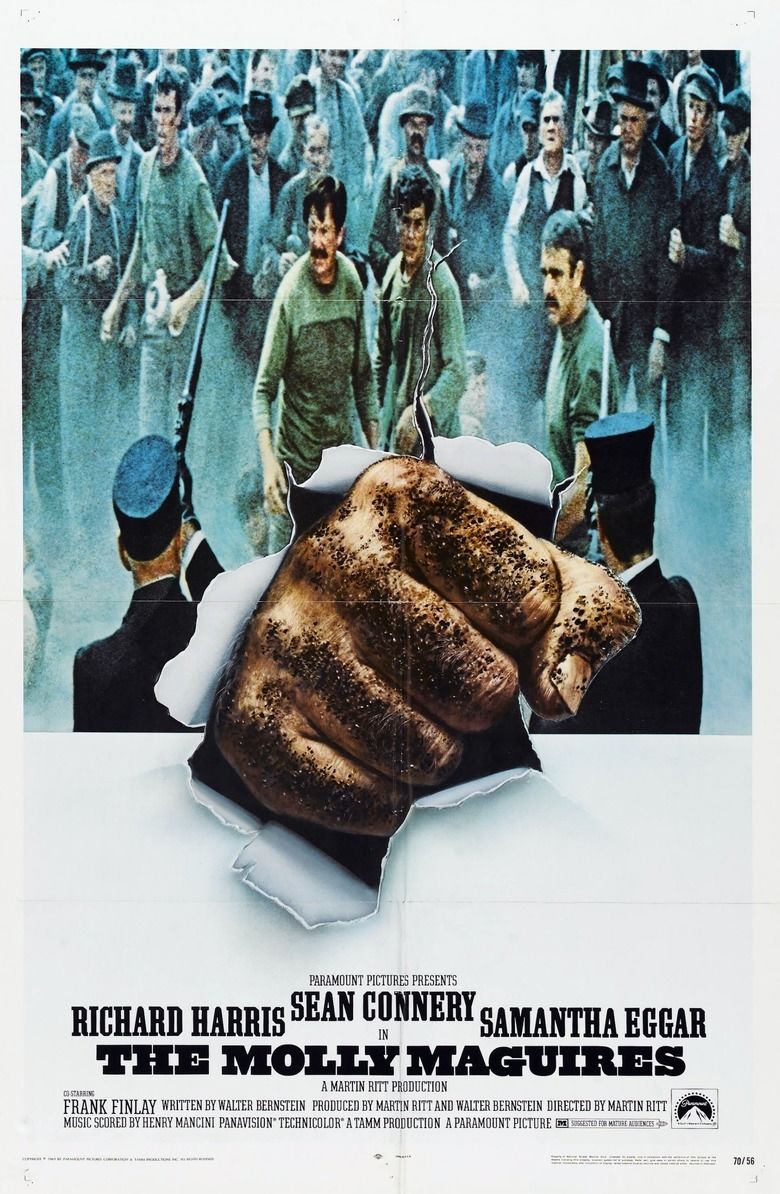 Every now and then, while poring over lists of Oscar nominees from years past, you stumble across a movie you’ve never heard of. Not even once. In 1970, the Best Art Direction category included two big war movies (Patton and Tora! Tora! Tora!), another hit Best Picture nominee (Airport) and Scrooge, the musical adaptation of A Christmas Carol starring Albert Finney. Then there’s The Molly Maguires, the only one not nominated in any other category.
Every now and then, while poring over lists of Oscar nominees from years past, you stumble across a movie you’ve never heard of. Not even once. In 1970, the Best Art Direction category included two big war movies (Patton and Tora! Tora! Tora!), another hit Best Picture nominee (Airport) and Scrooge, the musical adaptation of A Christmas Carol starring Albert Finney. Then there’s The Molly Maguires, the only one not nominated in any other category.
So what’s The Molly Maguires? Well, for one thing, it wasn’t a hit. But that may have been more a result of the film’s dour subject matter than its quality. It stars Richard Harris as a real life undercover Pinkerton Detective, tasked with infiltrating a group of Irish industrial terrorists in 1870s Pennsylvania coal country. Though just a few men, the Molly Maguires have been creating tremendous chaos, blowing up mines and eliminating abusive company supervisors.
These are the early days of organized labor in America, when robber barons hired armies of ersatz police to brutally repress strikes and intimidate low wage workers. Sean Connery’s “Black Jack” Kehoe and his co-conspirators are immigrant miners who have been pushed too far...
As you can tell, The Molly Maguires is no How Green Was My Valley. This is no sweeping literary epic, slowly building up the quiet dignity of the hard-working miners. It’s a much rougher film, punctuated by violence and demolition. And the production design team follows suit. The Oscar-nominated work of art director Tambi Larsen and set decorator Darrell Silvera is threadbare and blunt, occasionally grand in scope but always sparse in color and detail.
After all, few workplaces are as dreary as a coal mine. And The Molly Maguires spends a great deal of time underground, watching men get sootier and sootier. The sense claustrophobia is a given, of course, but here it is compounded by the unlikely pairing of imminent danger and despondent boredom. There is a futility about this work, digging deeper and deeper into the earth with little promise of a raise in pay. Director Martin Ritt also seems especially interested in the children who work in the mine, whose very presence is an instant visual reminder of the problems of this system.
Every shot of the entrance of the mine shaft (at the assured hand of cinematographer James Wong Howe) is a glimpse of the gates of Hell, even when they’re not spewing the explosive fire of Molly Maguire dynamite.
The coal breaker, a replica built for the film, towers over the miners with the full weight of late-19th century inequality.
This dynamic continues into the town itself. Unlike the Welsh mining village in How Green Was My Valley, built from scratch in California with the camera in mind, The Molly Maguires was shot in the real mining town of Eckley, Pennsylvania. The village had changed astonishinlgy little since the 1870s. The houses aren’t nearly as tiny and jammed together as those in John Ford’s Welsh fantasy, but somehow the place looks even smaller.
After all, Ford had the benefit of black and white. The brown wood of these houses develops the eternal mud of the lone street. This drabness extends into the interiors of this community, from the modest, gaslit kitchens to the simple decor of the town’s only tavern.
The strangest location is prison, which looks almost as if it were converted from the house of a moderately successful middle class family. The wallpaper mocks the arrested miners, its mild floral pattern staring down at its prisoners as if to remind them of the relationship between their work, the residues of coal, and their station in society.
But still, the most memorable location is the real Eckley, a remarkable find. The town was in terrible condition at the time, and was likely on its way to demolition. The 1969 production of The Molly Maguires saved many of the buildings, and in 1974 much of the town was turned into a museum by the Pennsylvania Historical and Museum Commission. This includes some of the workers’ houses, the church, the company store and other 19th century structures.
It’s a helpful reminder that the distance between historical fiction and historic preservation doesn’t have to be quite so wide, and that cinema has a unique ability to engage with the raw material of the past.



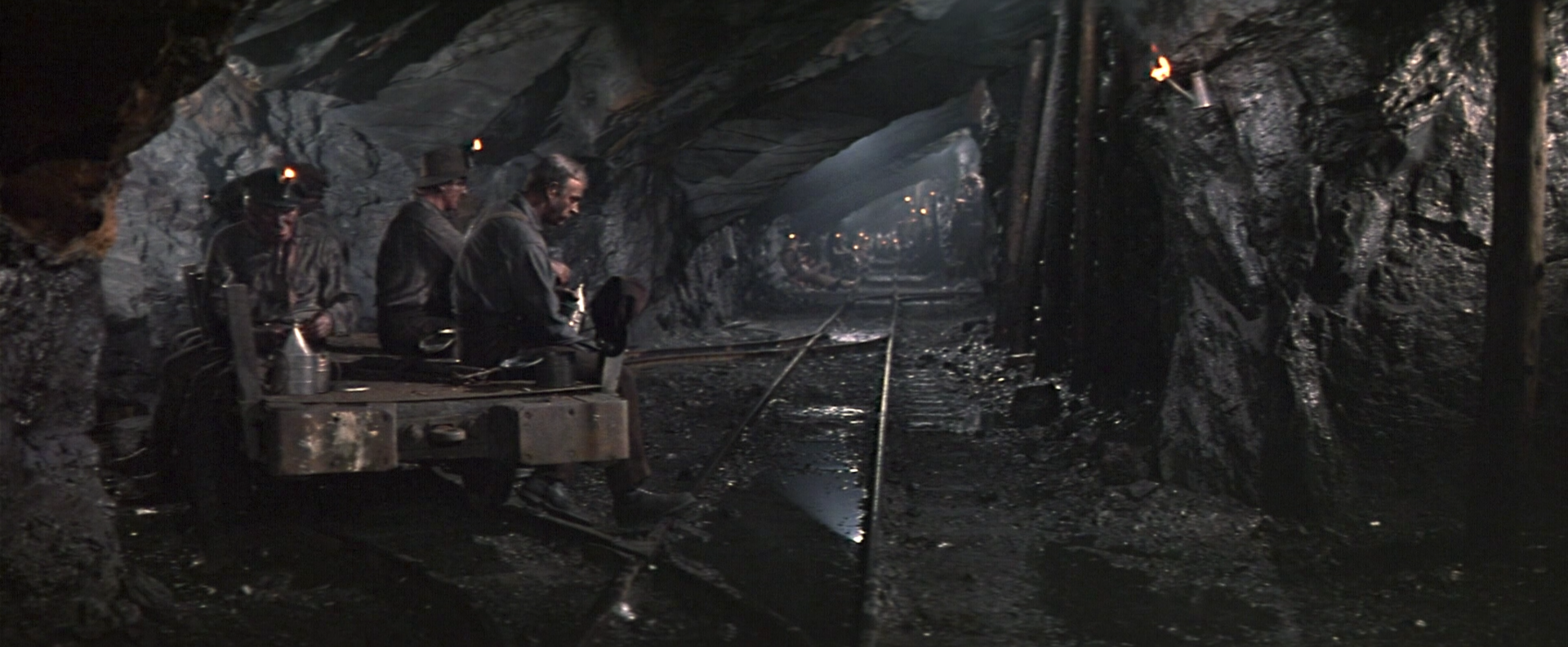
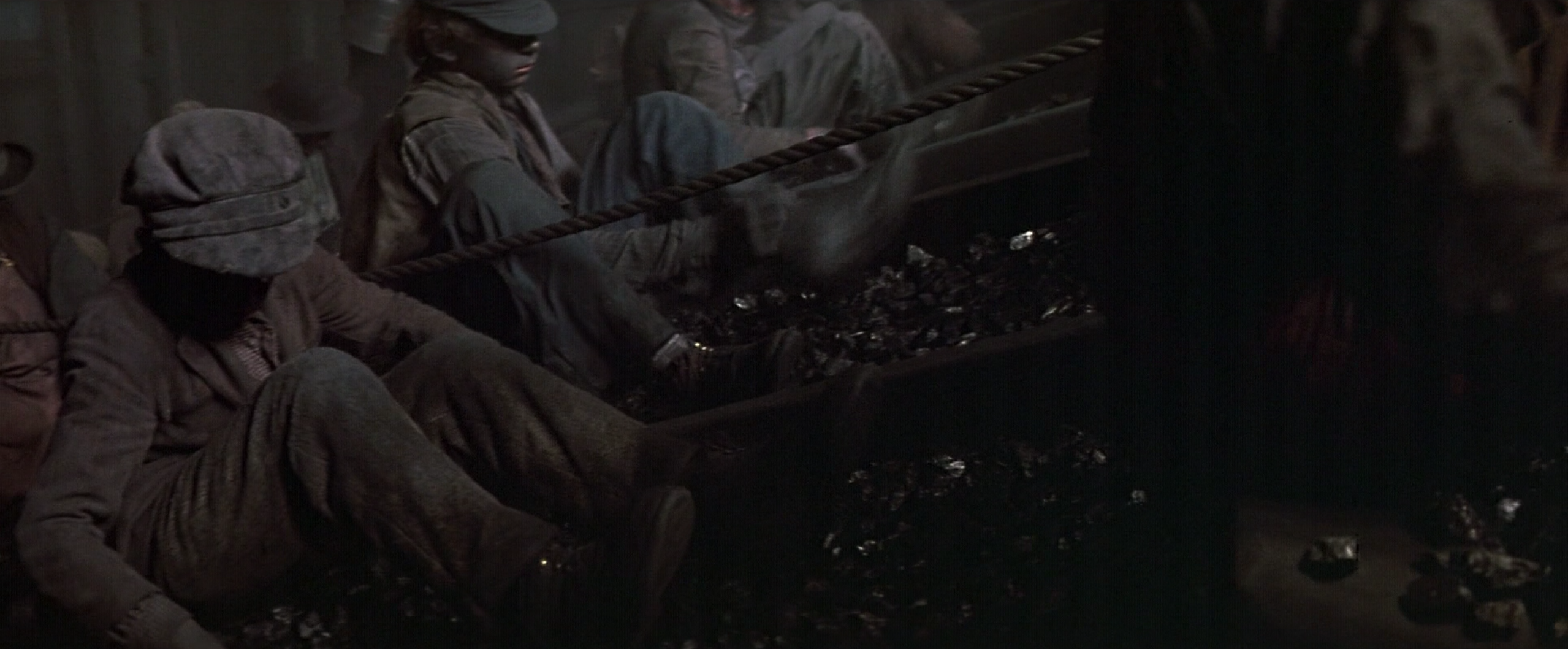
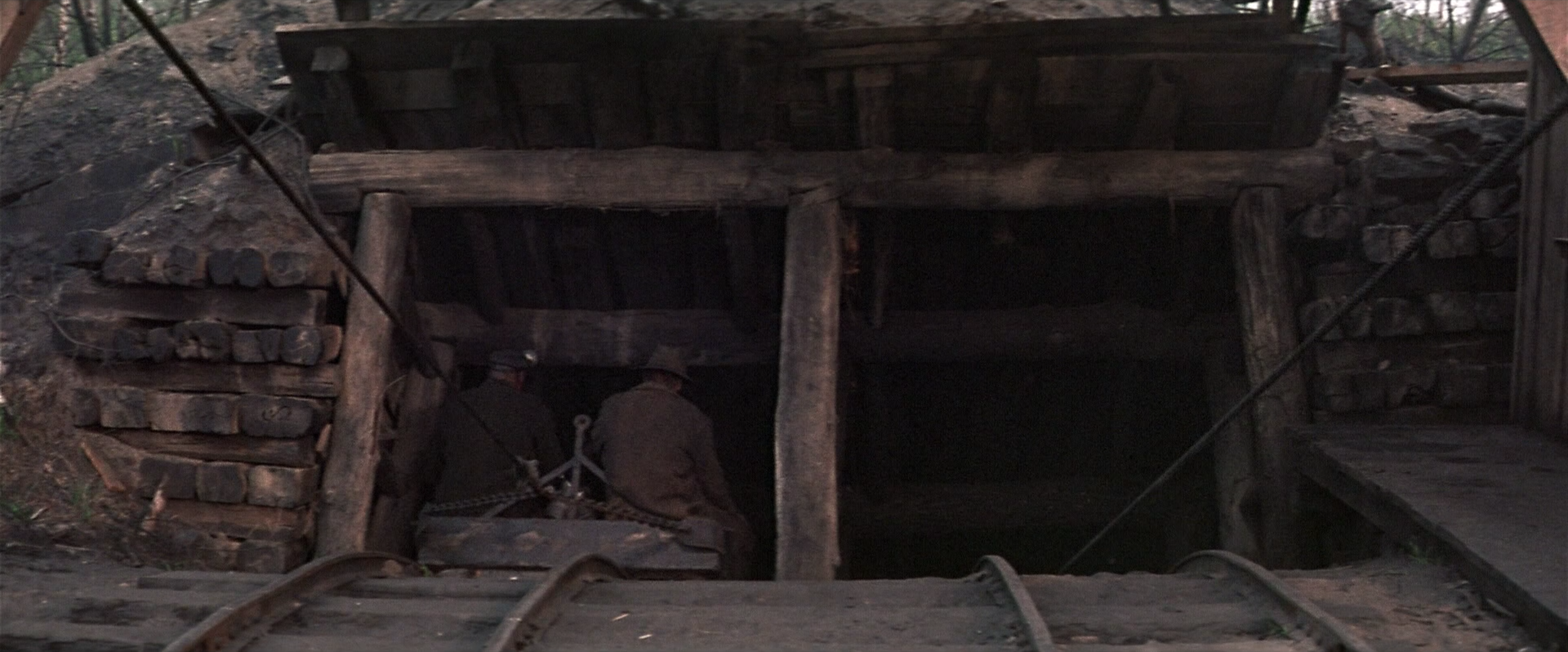
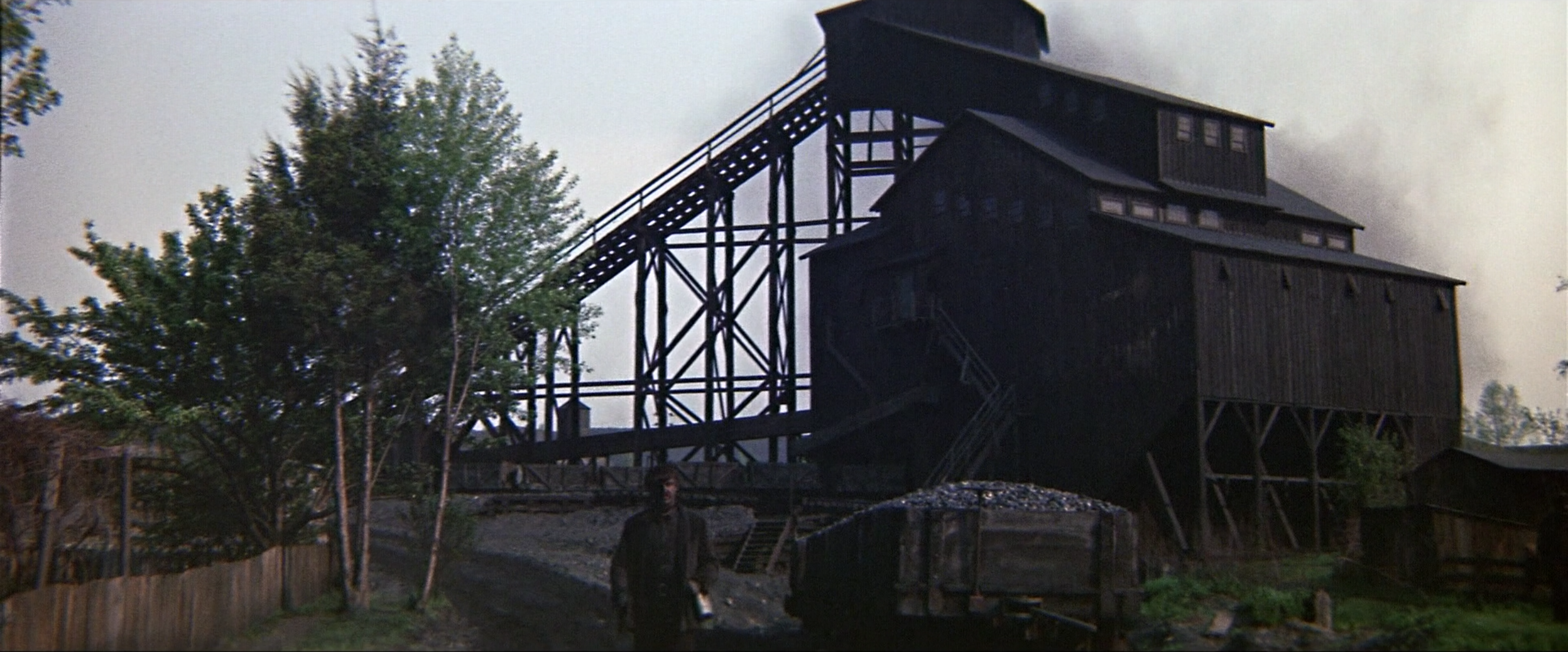
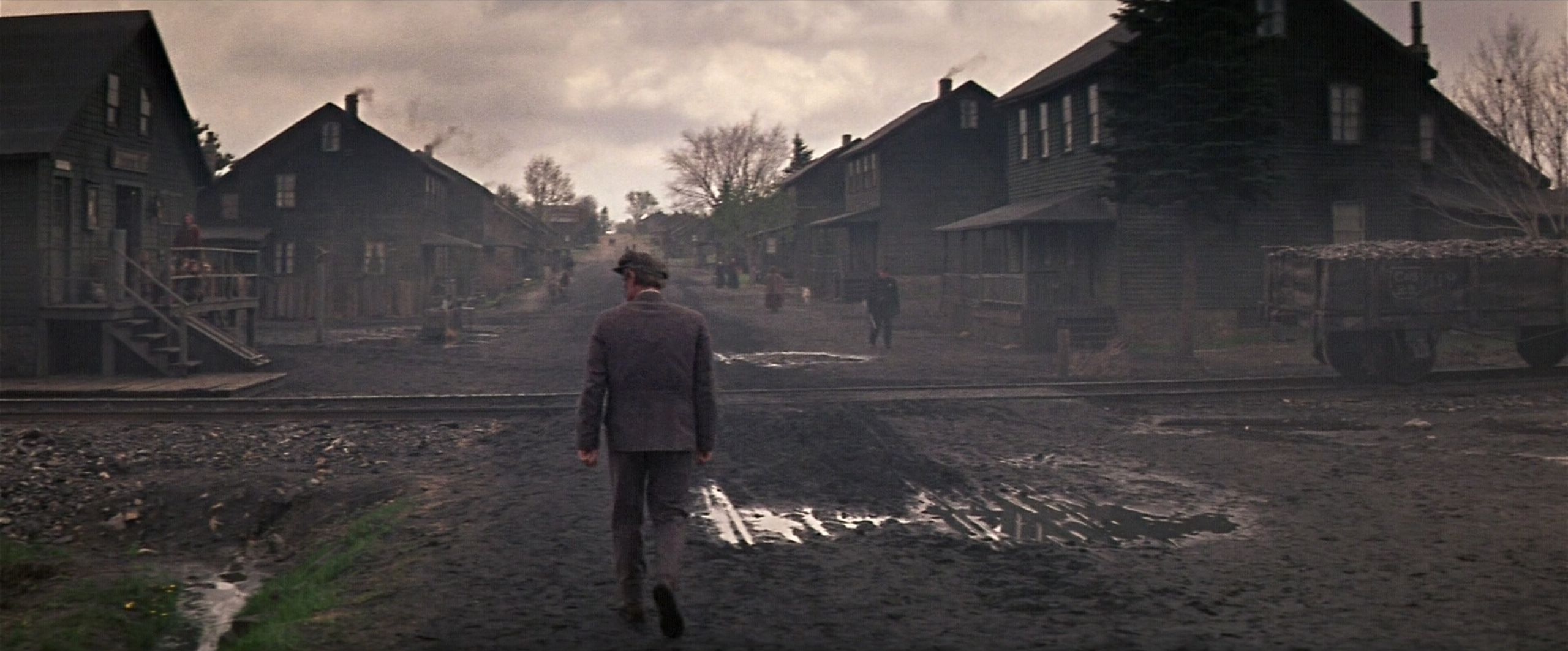
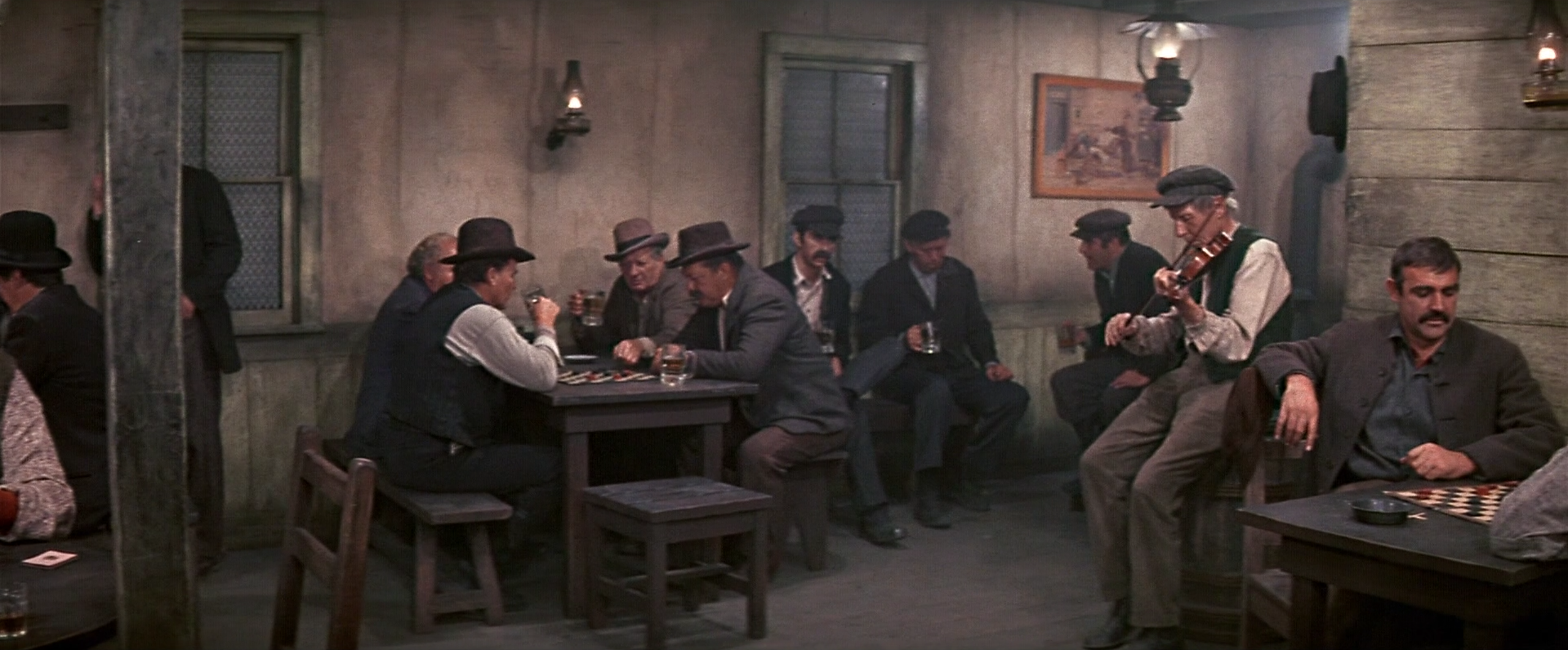
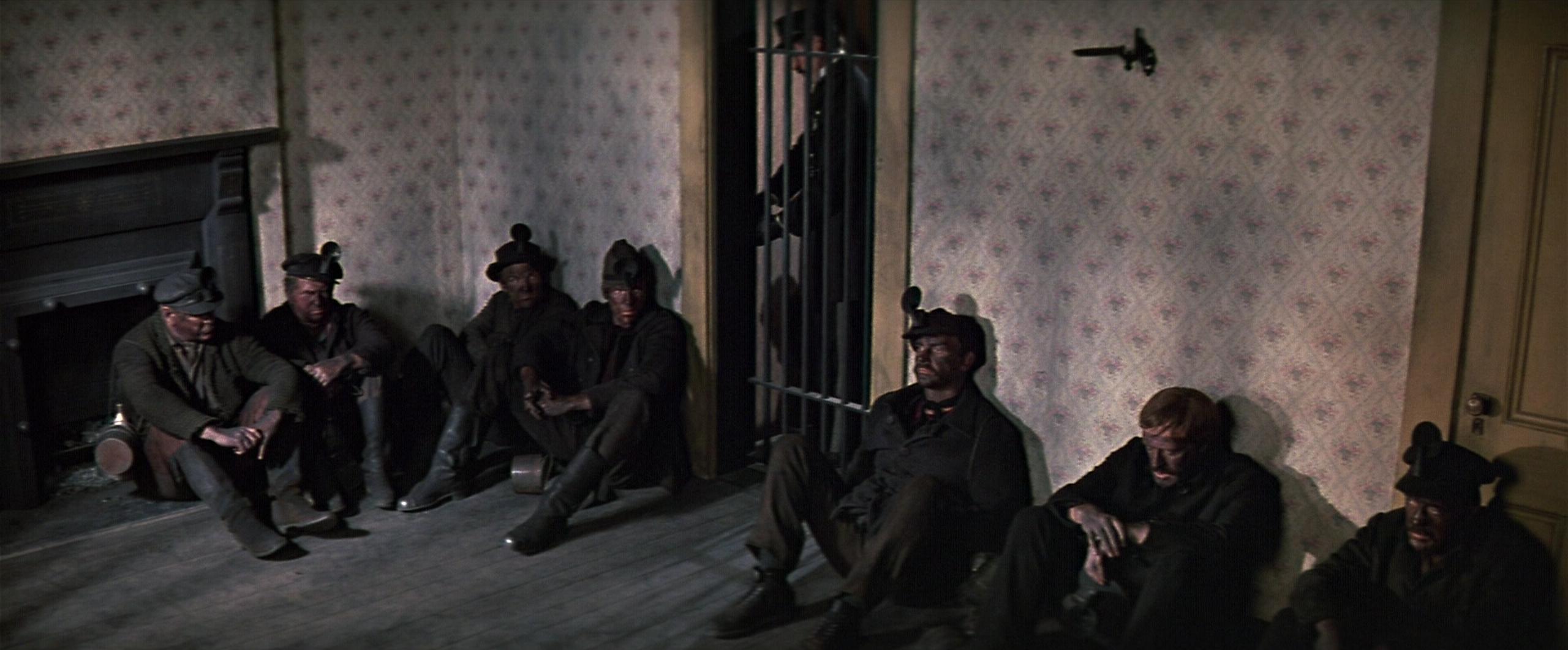
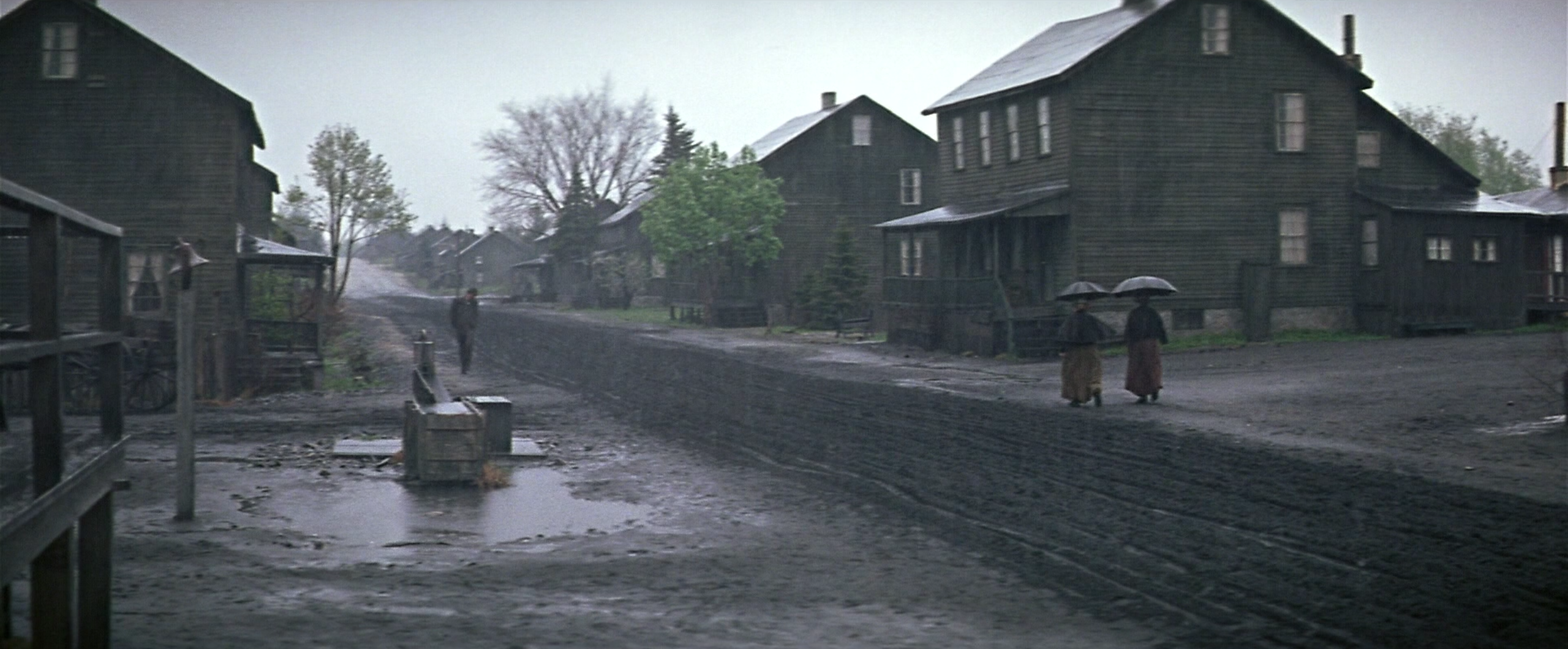
Reader Comments (5)
Fantastic article! I love it when you research forgotten or obscure Oscar nominees like this.
The performances are very strong,there are lots of underseen 70's gems out there.
I love those articles.
Thanks!
I had also literally never heard of this so what a great find. I love those random single nomination films. It proves, however elusively, that some voters do think for themselves and arent just hopping on 'the most popular films' bandwagon that is the more common reaction come awards season.
These articles are fascinating and makes one see the movies with a different perspective